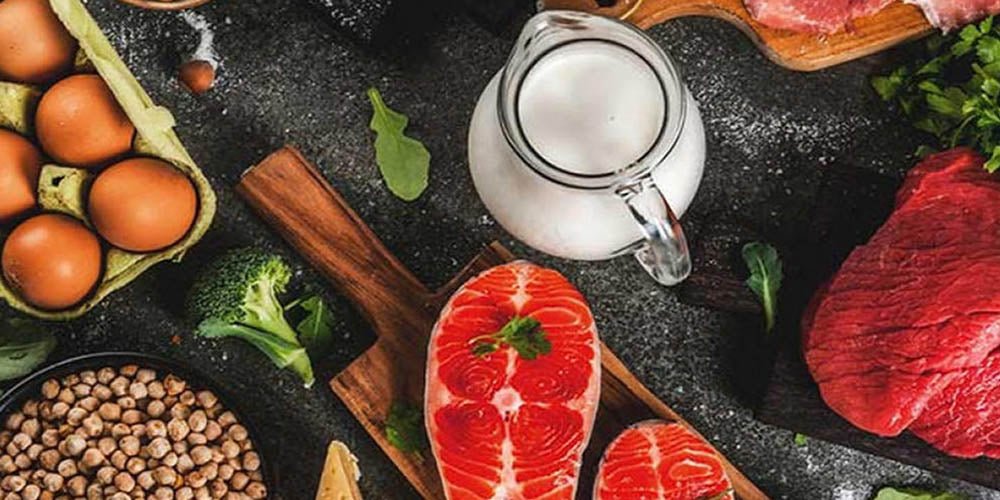
Understanding Protein
Protein, along with carbohydrates and fat, are collectively known as macronutrients. Your body needs more of these on a daily basis compared to micronutrients in the form of vitamins and minerals. Protein plays a role in numerous body functions including muscle support and recovery. That’s why protein is such an attractive nutrient to active adults. Read on to get a better understanding of how to utilize protein in your diet
The Basics
Proteins are the body’s building blocks. These building blocks are used by numerous aspects of your body – to maintain body structure, enzyme reactions, facilitating movement, and transporting oxygen through the bloodstream. What many people don’t realize is proteins can also act as an energy source for the body, especially when carbohydrates and fat stores are low.
Each protein has a specific combination of amino acids that makes it unique. Amino acids are divided into two classes: essential and nonessential. Essential amino acids cannot be made by the body and must be taken in through diet. These Essential amino acids are very important to active people because of their role in muscle protein synthesis. Non-essential amino acids can be made by the body. One way to support muscle recovery is to consume foods with adequate amounts of essential amino acids.
Protein from Foods
When trying to get enough protein in your diet, it’s important to choose high quality, complete proteins. A complete protein means that it contains all of the essential amino acids. Because these essential amino acids can’t be made in our body, we need to get them through the foods we eat. Examples of complete proteins include animal proteins—chicken, beef, fish, pork, dairy, and eggs—and also soy, a plant protein. Below are some examples of protein rich foods:
Of course, many other plants contain protein. Beans, peas, lentils, nuts and seeds are good examples. Unfortunately, plant proteins usually don’t contain sufficient quantities of all the essential amino acids. This is why vegetarians or vegans are encouraged to eat a variety of protein rich plant foods to make sure they get all of the essential amino acids, for example, the combination of rice and beans is a complete protein.
Protein & Performance
Protein is especially important to active individuals who are regularly training. Muscles are made of proteins, and it’s important to consume enough protein each day and to space out your consumption of protein throughout the day to provide amino acids for muscle recovery. If building muscle is one of your goals, consume a balanced diet with sufficient protein and engage in regular resistance training.
Always try to get your protein from food first. If you feel like you need more protein, consider adding a protein supplement to help meet your needs.
Types of Protein Shakes And Usage Occasions
Many active adults who have a pre-determined amount of protein they want to consume each day use protein shakes to help them reach that target. Whey protein is a rapidly digested protein made from cow’s milk. It makes up roughly 20% of the protein in a glass of milk and contains all of the essential amino acids. Because of whey’s rapid digestion rate, it’s often consumed after exercise to help support the muscle recovery process. Another usage occasion is first thing in the morning.
There’s another milk-based protein known as casein that makes up the other 80% of the protein in milk and digests more slowly than whey. Micellar casein can deliver amino acids to recovering muscles for hours throughout the night, so one ideal usage occasion for this shake is right before bed. Another is between meals, especially if your meals are spaced far apart, to help support a feeling of fullness known as satiety.


Share:
Caffeine and Performance
Understanding the Basics of Whey Protein